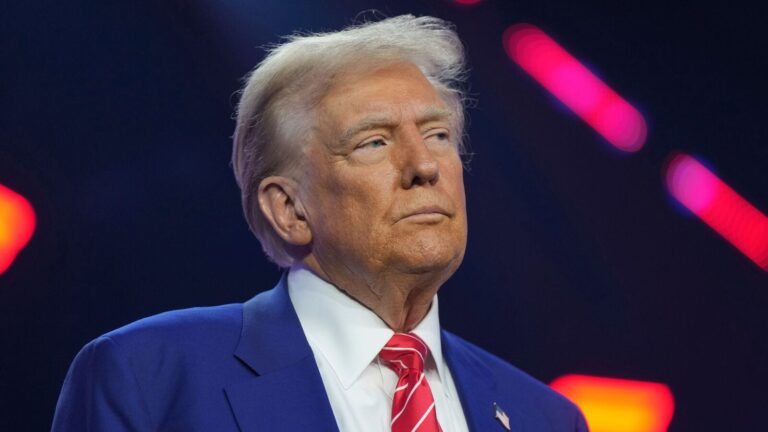When Donald Trump returns as President of the United States on January 20, the world will focus on his trade policies. On January 3, he referenced a graph showing tariffs as a percentage of federal revenue, tweeting, “Tariffs, and tariffs alone, have created this tremendous wealth for our country.”
“Tariffs will pay off our debt and make America rich again!” he added.
Trade relations with China are already fraught with tension. In December, the outgoing administration of President Joe Biden imposed export controls on more Chinese companies and launched an investigation into China’s semiconductor sector. Meanwhile, China announced a ban on exports of gallium, germanium, antimony, and other materials important to the electronics industry. Such retaliation is likely to intensify under the Trump administration, which promised a 10% tariff on Chinese imports during the campaign and threatened to impose tariffs of up to 60%.
President Trump launched a trade war with China in 2018 during his first term, imposing tariffs on $250 billion worth of Chinese goods, including steel, aluminum, solar panels and washing machines. China has imposed retaliatory tariffs on $110 billion worth of U.S. goods, including agricultural products.
From 2019 to 2023, U.S. imports from China averaged $470 billion, down from $539 billion in 2018 and $505 billion in 2017. Meanwhile, U.S. exports to China averaged $137 billion from 2019 to 2023, higher than in 2017 and 2018. numbers.
But globally, demand for China’s exports is only increasing. China’s trade surplus reached a new record, reaching $785 billion in the first 10 months of 2024 and is estimated to exceed $950 billion by the end of the year.
Also read: Vivek Kaur: President Trump’s tariffs won’t end the dollar’s outrageous privileges
subsidy lever
China’s global trade is showing resilience, but it recognizes that a tariff war with the United States will not help its economy. There are no winners in the tariff, trade and technology wars, Chinese President Xi Jinping said in a meeting with financial leaders last month. For the United States, it’s not just about tariffs, it’s also about investment. Many U.S. companies, including Elon Musk, an influential figure in the new Trump administration, have manufacturing plants in China. U.S. companies invested about $34 billion in foreign direct investment in China in 2023, an increase of 38% from the average over the previous five years.
Also read: The good, the bad, and the uncertainty of the U.S. economy under President Trump
However, the United States wants to expand domestic production capacity. The company has invested heavily in domestic chip manufacturing to reduce dependence on Asian suppliers, and is providing subsidies to TSMC and Samsung to build chip manufacturing plants in the United States. President Trump is expected to push for more domestic investment.
Concerns about route changes
The reason the additional U.S. tariffs haven’t hurt China is that exports to other countries are recovering. For example, China’s exports to Vietnam will be $138 billion in 2023, a 64% increase compared to 2018, when President Trump imposed tariffs. Similarly, exports to Mexico increased by 85% during this period to $81 billion.
The United States is concerned that China is rerouting exports through these countries. Vietnam’s trade surplus with the United States is $105 billion, an increase of 2.5 times from 2018. Mexico will become the largest exporter to the United States in 2023 for the first time in 20 years. In November, President Trump said he would impose 25% tariffs on Mexico (along with China and Canada). The president-elect sees tariffs as a way to raise government revenue. ”
Also read: Will the second Trump boom collapse?
Benefits of risk avoidance
India’s current concerns with the new administration primarily revolve around the H-1B visa, which is used by Indian software companies. If President Trump’s preference for tariffs as a means of boosting federal revenue leads to universal tariffs, it could have an impact on India, which had a $37 billion trade surplus with the United States in 2023-2024. The US is the only country among India’s top 10 trading partners with a surplus. Tariffs could undermine that.
However, US companies view India more positively than China. Some large companies are moving operations outside of China to diversify risks, a trend that started with the US-China trade war in 2018 and has intensified due to the coronavirus pandemic, with India also benefiting. There is a possibility. Despite some high-profile investments, the total FDI received by India has declined from 2020 to 2021. Meanwhile, despite India’s efforts to reduce its dependence on Chinese products, it is increasing. Trump may change direction a bit.
www.howindialives.com is a public data database and search engine.







